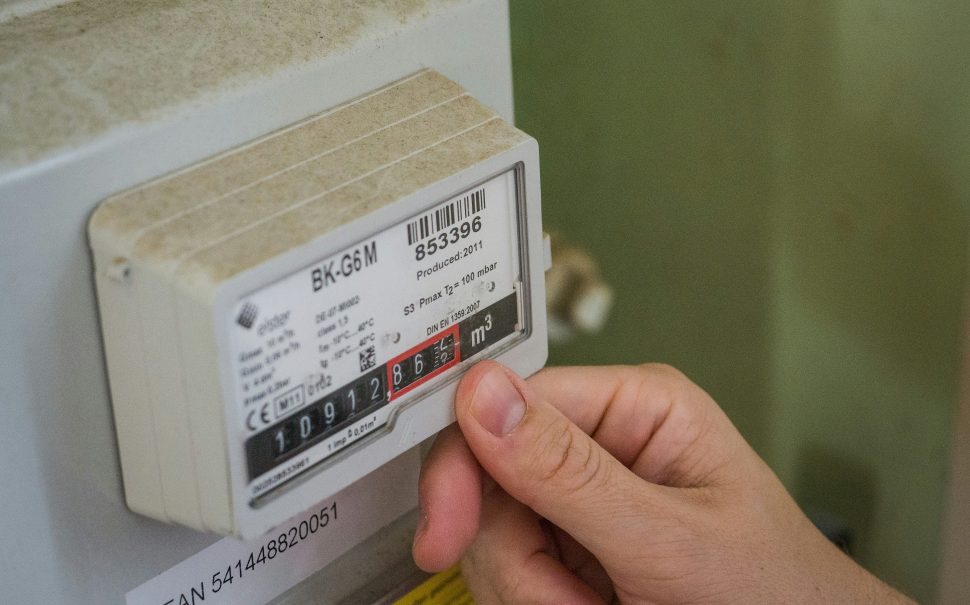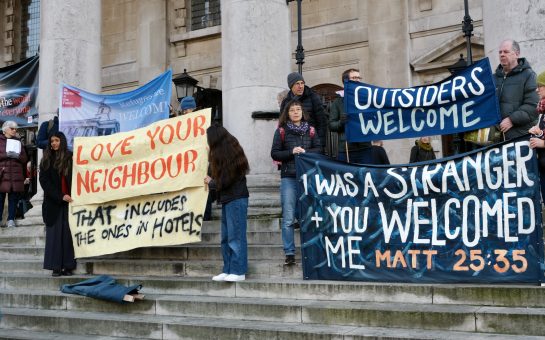The number of households in fuel poverty are steeply declining in London and across England despite rising fuel prices, government data has revealed.
The percentage of London houses classed as fuel poor declined from 25.7% in 2010 to 10.2% in 2023, with a particularly steep decline seen between 2017 and 2020, figures from the House of Commons report revealed.
The three key factors affecting fuel poverty are a household’s income, fuel costs, and its energy consumption, which is affected by a house’s energy efficiency.
In England the Government uses a Low Income Low Energy Efficiency (LILEE) measure to determine fuel poor households.
Under this measure, only households in the Energy Performance Certificate (EPC) bracket D and below can qualify as fuel poor if they are left with a residual income below the official poverty line after paying energy bills, and households in the A to C bracket are disregarded.
Head of policy at fuel poverty charity National Energy Action (NEA) Matt Copeland said: “In the low-income low energy efficiency measure you’re obviously not capturing some low-income households who are in very efficient housing but are really struggling and we would like to see more reporting of multiple measures and multiple metrics.
“Lone parents are twice as likely as any other group to be in fuel poverty and face some of the deepest fuel poverty.”
Rebecca Restall, a single parent, said: “I would rather sit with a blanket on than heat the house, I go out most evenings to do bell ringing which gets me out of the cold house.
“I also have to be incredibly careful, especially when my daughter and son come back from their father’s and there are then three of us having showers.
“The government should put more of a cap on how much the energy companies are charging us.
“There’s people I ring church bells with who had to downsize this year because they can’t afford to stay in the house, they’re in.
“It’s going to be difficult for the future generations to buy a property of their own.”
Restall explained her concerns about rising fuel costs and a static salary had led her to work three jobs, including bookkeeping, at a school boarding house and invigilating exams.
As it stands, 25.7% of England households in bracket D are fuel poor, 26.9% in bracket E and 33% in brackets F and G, while those in A, B and C cannot be.
By using the LILEE definition, the government is able to show a decline in the number of households considered fuel poor, as it continues to move as many fuel-poor homes as is reasonably practicable to a minimum EPC rating of band D or C by 2030.
In 2024, the government projects fuel poverty will fall in the country to 12.7% (3.1 million households) which would be the lowest level the LILEE measurement has seen.
Copeland said there was a need to get the government to design schemes around people’s needs, not just based around a target.
The NEA claims that despite the lower energy price cap, millions of UK households remain in fuel poverty and its figures project fuel poverty has risen by a staggering 1.5 million households in the UK since 2021.
The NEA uses the 10% definition and classes a household as fuel poor if they have to spend 10% or more of their income to maintain a satisfactory heating regime.
Copeland explained the government annually report on the LILEE figure as their headline to emphasise the government progress towards their statutory fuel poverty target – to get households to the fuel-efficient EPC rating.
However Copeland said the 10% measure was not as forefront as the LILEE figure in government reports.
Copeland said: “They put the 10% measure out every year but it’s not as easy to find as the LILEE headline, so my one ask would be for them to make it more prominent.”
In just over a decade fuel poverty in England has risen by 3.3% under the 10% measurement, but the LILEE figure shows fuel-poor households have decreased by 1.09% in the same time frame.
One issue in particular that both Restall and Copeland highlighted was standing charges, which is the daily amount companies charge even if people use no electricity at all.
Restall said: “Even if I don’t heat the house very much its still costing me money because of the standing charge which has gone up a lot, and since I’ve got a smart meter I can see it.
“Three years ago, when I used to get up in the morning, the standing charge was something like 30 or 40 pence.
“Now before you even start to heat the house your standing charge is around £1.50 to £1.70.
“It has gone up so much and we’re still expected to be able to cover it.”
Copeland added: “We think it’s really unfair standing charges disproportionately impact low-income households, so we’re trying to work with Ofgem and others to get them reduced as much as possible.”
According to a NatWest bank survey, 57% of young people report the rising cost of living as the biggest worry for their future, and 46% say economic uncertainty makes them feel hopeless about the future.
Director of policy, Helen Barnard at the Trussell Trust food bank said: “The UK government should urgently introduce an Essentials Guarantee to ensure everyone needing access to Universal credit can afford essentials like food and energy bills.
“An Essentials Guarantee would tackle the root cause of poverty which is people not having enough money for essentials.”
If you or someone you know is struggling with the cost of living crisis you can contact the British Red Cross Turn2Us helpline on: 0808 802 2000





